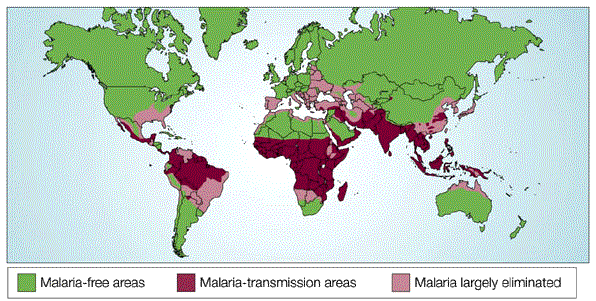Cloning has been a great
development for science world ever since, but unfortunately there have been
some ethical issues relating to the two specific kind of cloning. One is
reproductive cloning. Reproductive cloning is ‘‘a
type of cloning which is performed for
the purpose of creating a duplicate copy of another organism. It is
accomplished using a process called somatic cell nuclear transfer. In 1996,
Scottish researchers announced that they had successfully cloned the first
mammal, a sheep that came to be known as Dolly. In somatic cell nuclear
transfer, scientists extract the nucleus of a somatic cell, a cell which can
come from anywhere in the body, and insert it into an egg which has had its
nucleus removed. The egg is stimulated, and it begins dividing and growing,
developing into an embryo which can
be implanted into a gestational surrogate and carried to term.'' The
problem with this kind of cloning is that ''some
people believe that life begins at conception, and they feel that reproductive cloning is
unnatural and that it could potentially violate their religious beliefs. Others
are simply perturbed by the idea of being able to clone copies of living
organisms, and they wonder about the risks of using cloned animals in the food
supply. Psychologists and other people who study development are intrigued by
the potential to use reproductive cloning as a test of the famous nature versus
nurture debate.'' There are other issues from a scientific perspective.
''Clones appear to have shorter lifespans, leading to concerns about the
disadvantages of reproductive cloning. There is also the risk of losing genetic
diversity as a result of using cloning,
especially in the agricultural industry, where the temptation to use
standardized animals is understandably tempting. Like any new scientific
development, reproductive cloning was
heavily challenged in the scientific community when it first emerged,
especially after scandals in which scientists claimed to have cloned animals
but actually hadn't.''
On the
other hand, there is this other cloning called Therapeutic cloning. This cloning is ''cloning which is performed for the purpose of
medical treatment. For example, it could theoretically be used to grow a
replacement organ, to generate skin for a burn victim, or to create nerve cells
for someone suffering from brain damage or a neurological condition. Therapeutic cloning is closely
related to reproductive cloning, in which a copy of an organism is produced, but the
two have very different end goals.'' In my opinion this kind of cloning has
less issues than the other one. At least therapeutic cloning does not change
the concept of reproduction. It is also beneficial for the human kind which
should be saved. There are a lot of advantages to show that Therapeutic cloning is useful. ''The
advantage to therapeutic cloning in medical treatment is that it would allow
doctors to grow replacements for missing and damaged body parts for their
patients. This would eliminate organ and tissue shortages, ensuring that every
patient who required something like a new liver or new kidneys could get what
he or she needed. Using cloned body parts would also eliminate the need for
immunosuppressive drugs, and reduce the risk of rejection and other problems
which are commonly associated with transplants.''
''In addition to being used for conventional transplant
medicine, therapeutic cloning has far-reaching potential applications. For
example, cloning research on mice has suggested that new nerve cells can be
grown with reproductive cloning techniques and used to repair damaged brains,
an application which could be useful for people with dementia,
Alzheimer's disease, or strokes. Therapeutic cloning could also potentially be
used to produce replacement limbs, and in a variety of other therapeutic
applications. Using recombinant technology, scientists can even create
customized biological material.''
CITATION


